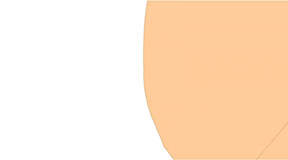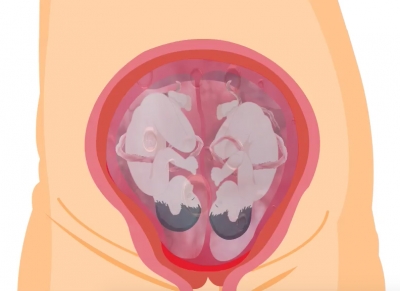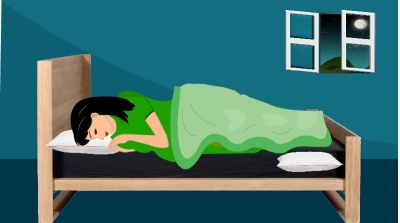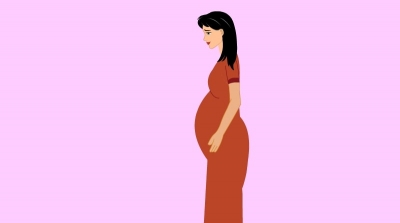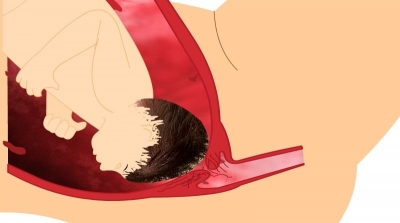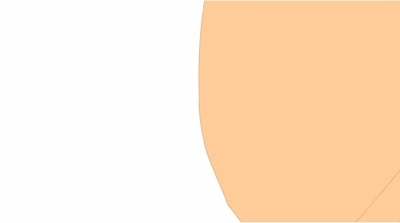it can cause pain
Contractions can feel like a very strong menstrual cramp or tightening in your lower abdomen. As labor gets closer, contractions get stronger and more intense. Once you are fully dilated and your baby starts to descend into your pelvis, you will feel more pressure in your lower pelvis
Every pregnancy is different and so can be the experience of a mother during labor. But, the surest sign that you are experiencing true labor pain is that they regularly increase in intensity and frequency. When a baby is in occiput posterior position, meaning the baby’s head is pressing against your spine, then you may experience back pain. Whichever position the baby is, you will feel your uterus tighten and relax again with each wave of contractions. Since the uterus is the largest muscle in a woman’s body, you may feel the cramping anywhere from deep within your abdomen, to the sides of your body, and in the back too.
Some prodromal contractions may come and go before the true labor, the difference though is that they might get closer together or a bit stronger throughout the day, but they are rarely ever within five minutes of each other and don’t progress into real labor or dilate your cervix. Sometimes women experience such contractions after a long day at work or if she has been standing too long. It is best to take rest and observe if the intensity comes down. If it comes down, then most, likely these are false labor pains.True labor pain
Timing is the most important thing to differentiate True from False labor. So, if you begin to feel the contractions, make sure you time the duration of each contraction and also the frequency of contractions ( time between two contractions). If the duration of the contraction increases with each contraction and time between two contractions begins to decrease, and if the intensity of the pain increases inspires of taking rest, then you may be in true labor.
The following gives an idea of the timing and stages of labor you may experience -
Early labor usually lasts around 8-12 hours, with the contractions coming every 5-30 minutes and lasting about 30 seconds.
Active labor generally lasts for about 2-3.5 hours, with your contractions coming every 3-4 minutes and lasting almost a minute.
But, the most intense part of labor, lasting anywhere from 15 minutes to an hour. The contractions will come quickly and last from 60-90 seconds as your cervix dilates to 10 cm for delivery.
What can you do to reduce the pain and discomfort during labor -
- Massage can help in relaxing and soothing to the mother during labor. Spouse or relative can help with this.
- Deep breathing, meditation can also help in relaxing the muscle and help in the management of pain.
[quix id='8' name='About our Pregnancy Blogs and Videos']

